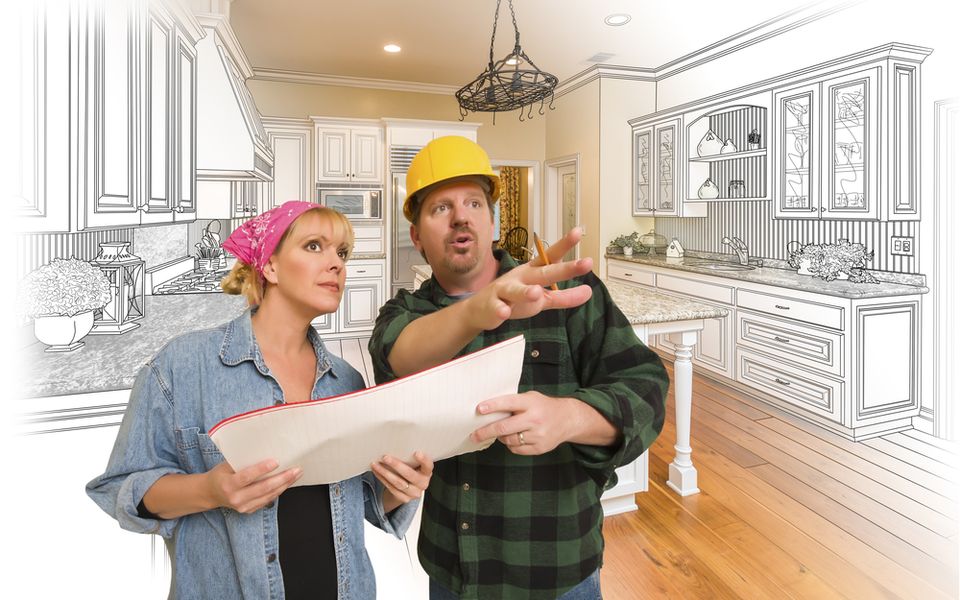
Congratulations on taking the leap into homeownership! This significant milestone is the beginning of an exciting new chapter in your life. As a new homeowner, you’re bound to encounter a learning curve as you navigate through the various aspects of maintaining and enjoying your new abode. To help you through your first year, we’ve put together a blueprint that covers the essentials. From understanding the financial nuances to tackling maintenance tasks, this guide is designed to arm you with the knowledge and confidence you need to make your first year of homeownership a resounding success.
Understanding Your Mortgage and Taxes
One of the most important aspects of homeownership is managing your mortgage and understanding property taxes. Your mortgage is likely your biggest monthly expense, and it’s crucial to stay on top of payments to avoid any financial strain. Familiarize yourself with the terms of your mortgage, including the interest rate, duration, and the possibility of making extra payments to reduce the principal faster.
Property taxes are another significant consideration. These taxes fund local services such as schools, road maintenance, and emergency services, and the amount you owe can change annually based on your home’s assessed value and local tax rates. Ensure you know when taxes are due and budget accordingly. If your mortgage includes an escrow account for taxes and insurance, understand how it works and monitor it to ensure payments are made on time.
Maintenance and Upkeep: The Essentials
Your home is an investment, and like any investment, it needs care to maintain its value. Regular maintenance can prevent small problems from becoming costly repairs. Start with the basics: check your HVAC system, clean or replace filters regularly, and schedule annual checkups. Keep an eye on your roof for missing or damaged shingles, clean your gutters to prevent water damage, and ensure your downspouts direct water away from your foundation.
Inside the home, address any plumbing leaks promptly, caulk around windows and doors to improve energy efficiency, and don’t forget about safety by testing smoke and carbon monoxide detectors. Create a seasonal maintenance checklist to stay organized and preemptively tackle tasks throughout the year.
Budgeting for Home Improvements and Repairs
While it’s tempting to dive into home improvements, it’s wise to prioritize projects and budget accordingly. Set aside funds each month for home maintenance and emergency repairs. A good rule of thumb is to save 1-3% of your home’s purchase price annually for upkeep and unexpected issues.
When planning improvements, focus on projects that enhance your home’s value. Kitchens and bathrooms offer some of the best returns on investment. However, don’t overlook less glamorous but essential updates like insulation, energy-efficient windows, or a new furnace. Get multiple quotes for any work you can’t do yourself, and remember to check contractor references and credentials.
Getting to Know Your Neighborhood
Integrating into your new neighborhood is a vital part of the homeownership experience. Take the time to explore your community, visit local parks, and support neighborhood businesses. Introduce yourself to your neighbors, as they can be invaluable sources of information and assistance.
Consider joining a neighborhood association or community group to stay informed about local events and issues. These connections not only enrich your personal life but can also be beneficial for neighborhood watch programs and local advocacy.
Home Insurance and Warranty: Protecting Your Investment
Home insurance is essential for protecting your property and possessions against damage and theft. Review your policy annually to ensure it reflects any improvements or significant purchases. Understand what your policy covers and consider additional coverage for floods, earthquakes, or other specific risks in your area.
A home warranty, often provided at the time of sale, can offer peace of mind by covering the repair or replacement of major home systems and appliances. If you have a warranty, know what’s covered and how to make a claim. While not a substitute for home insurance, a warranty can be an added layer of financial protection during your first year of homeownership.
Navigating your first year as a homeowner can be challenging, but with the right blueprint, you can lay the foundation for a secure and enjoyable home life. Stay proactive about your finances, maintain your property, plan for improvements, connect with your community, and protect your investment. By following these guidelines, you’ll not only survive your first year of homeownership, but you’ll thrive, setting the stage for many happy years to come in your new home.